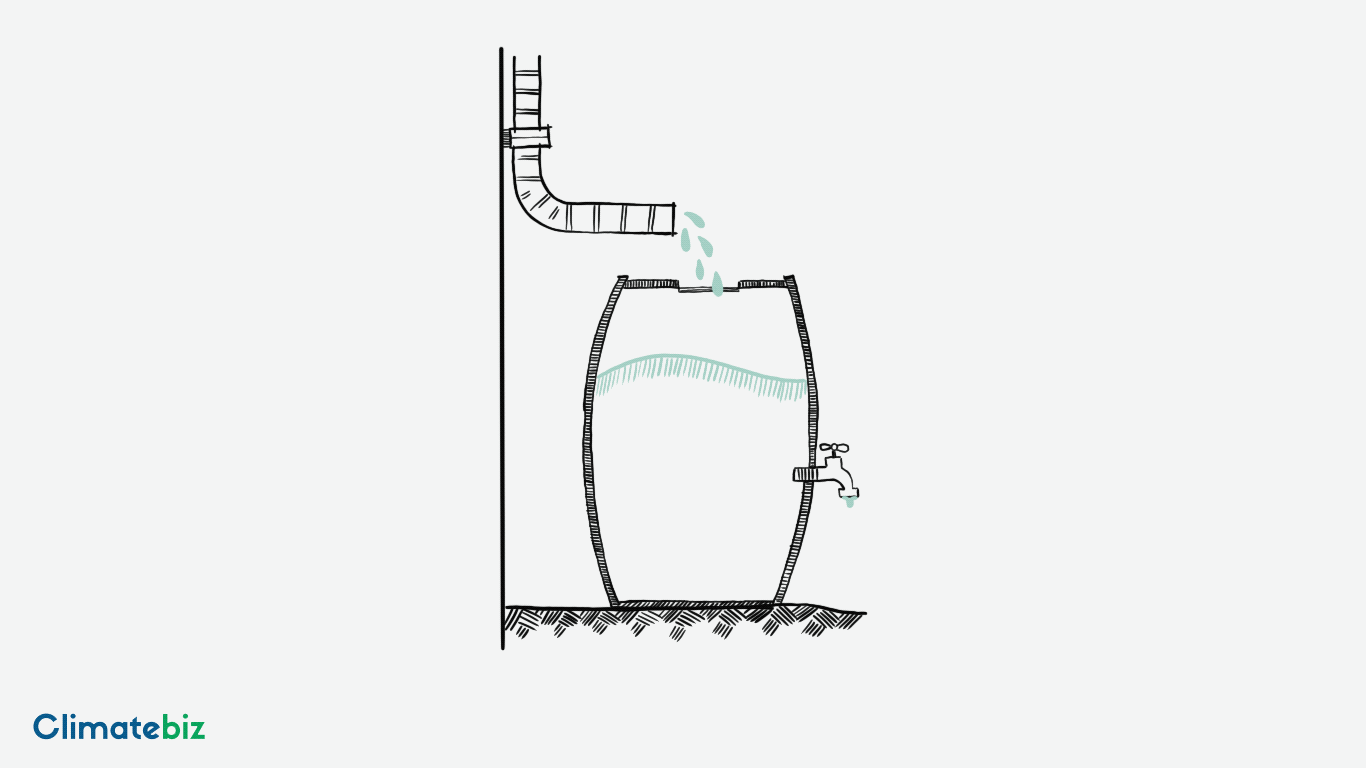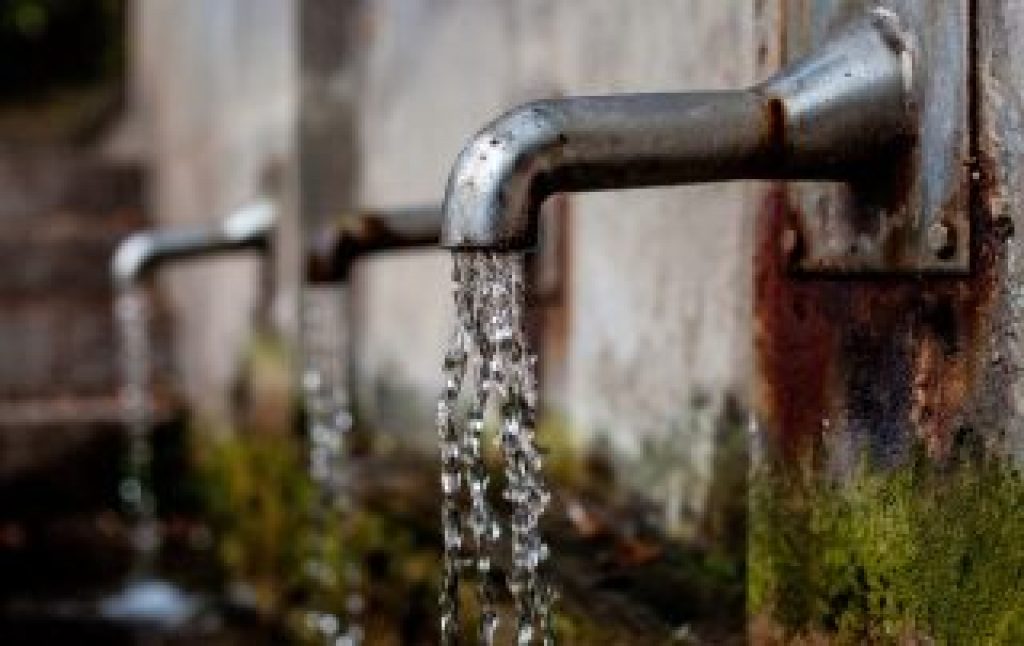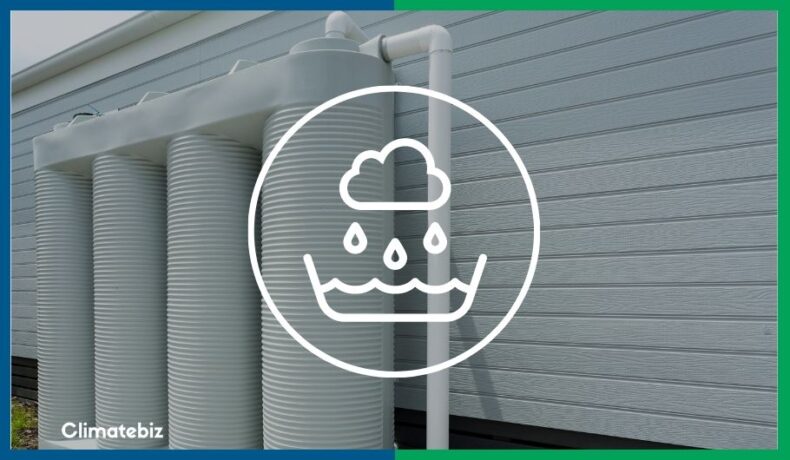Rainwater collection is a great starting point for building your eco-home. Luckily, keeping your rainwater fresh for gardening and flushing toilets isn’t as hard as you might think.
Collecting rainwater isn’t a new concept. Rainwater collection has been around since 2000 BCE starting with the earliest civilizations. However, since then, the provision of tapped water has made the idea irrelevant.
But as climate change affects our weather patterns and water become’s a scarcer resource, rainwater collection has grown in popularity.
Suppose you’re looking for a sustainable way to water your garden or even lower your water usage. In that case, this is a good starting point.
However, a common question — and concern — is whether rainwater stays fresh. And if it does, for how long?
This article explores how long rainwater stays fresh, what you can do to prolong its ‘shelf-life”.
We also look at preventing water-borne diseases and algae inside your rainwater barrels.
Consider this your ultimate guide to keeping rainwater fresh.
Table of Contents
How Long Can You Keep Collected Rainwater For?
Rainwater has a relatively low ‘shelf-life’ of 5 -7 days. However, you can stretch out this timeframe by treating the rainwater or preventing sunlight exposure.
Insects, pollution, and algae are all things that could affect the water in your rain barrel. For example, if algae grow in your rain barrel, the water will affect the plants negatively. This is because the algae will prevent the roots from getting enough water and decrease the oxygen in the soil.
Another issue that can affect how long your rainwater lasts is mosquito breeding. Mosquitos love stagnant water, and if your rain barrel is uncovered, they’ll take advantage of the perfect breeding spot.
Basically, if your rain barrel is uncovered, we highly recommend that you use the water immediately. If not, don’t leave it standing for more than a week.
However, there are some tips and tricks to making your rainwater last longer. By installing filters, adding chemicals, and preventing sunlight exposure, you can keep your rainwater fresh indefinitely.

How Do You Store Collected Rainwater For The Future?
Which method of storing rainwater for future use will depend on the size of your system. But generally, using a rain barrel with a lid or a larger tank system with filters and insect-proof valves is best.
Rain Barrel Storage Essentials
We’ve already talked about significant factors that can keep your rainwater clean for future use. But there are a few points that we haven’t touched on.
For example, chlorine and iodine tablets will kill any water-born diseases. Another simple method would be to paint your rain barrel black. While this may heat the water, it will also absorb any sunlight — preventing it from entering the barrel.
It’s also recommended that you filter the water through at least one fine mesh before entering the barrel. This will prevent debris from entering the tank. Additionally, if you’re using a wooden barrel, you need to ensure that it’s been treated properly.
Storage Tank Essentials
Extensive rainwater collection systems require larger storage containers — a simple rain barrel is just not going to cut it. This is where a rainwater storage tank comes in.
Since storage tanks aren’t easy to empty and clean as rain barrels are, you’ll have to install more precautions.
Components like a first-flush system and multiple filters are required, and special valves prevent insects from entering the tank.
Check out our articles on rainwater collection and how to build your own rainwater system.

Still Unsure?
If you’re still unsure of which barrel you should go for, you can use this handy flow chart we made! Our other articles also have pros and cons about each storage option.

How Can You Keep Collected Rainwater Fresh?
As we’ve discussed, there are multiple ways to keep your rainwater fresh for future use. The easiest way is to ensure that your rain barrel has a lid and that the water isn’t exposed to sunlight.
A simple method to keep your rainwater fresher for longer is by keeping your gutters cleaned. This will prevent any mold or lichen from entering the tank and contaminating the water. In addition, by removing leaves from the gutter and removing overhanging branches, you can keep your rainwater fresher for longer.
In fact, if you don’t keep your rain gutters clean, it could even cause disease in your plants, especially seedlings.
Another issue when keeping your rainwater fresh is insects — mosquitos in particular. While there are special chemical tablets you can purchase, there’s a more cost-effective method. Simply pouring a tablespoon of cooking oil into the rainwater will create a thin film over the top of the water. This will prevent any mosquitos from breeding and won’t affect your plants.
When using rainwater for food gardens, you should take the extra step and use chemicals to clean the water. Using chemical and iodine tablets will kill water-borne diseases like Crypto and Giardia.
How Can I Keep Algae From Building Up In My Rain Barrels?
Another significant issue when trying to keep your rainwater fresh is algae. Algae is a plant, and just like all plants, it needs sunlight to grow. Therefore, keeping the collect water away from light will prevent algae growth.
Another effective method is to keep your rain barrels clean. While this isn’t an option for larger tanks, barrels are still a good size to wash out.
Every three months, empty your rain barrel and ensure no residue has built up at the bottom. Sometimes your filters won’t catch all the debris or dirt, creating a layer of much at the bottom of your barrel.
To clean your barrel for algae prevention, use bleach and water. A ratio of 1/3 cup bleach to one gallon of water will do the trick. First, rinse the barrel out and scrub the sides. Then, thoroughly rinse the barrel before you use it again.

Source: rainwatertanksdirect
Final Thoughts
Rainwater barrels are perfect if you’re looking at starting a rainwater collection system. They’re easy to install and fit almost anywhere.
But like all systems, they do require some maintenance. Luckily, keeping your rainwater fresh doesn’t take much work if you follow the above steps.
Keeping a lid on the barrel and treating the water when necessary keeps your rainwater fresh indefinitely.
We hope that this guide helps you keep your rainwater fresh and ready for use!

